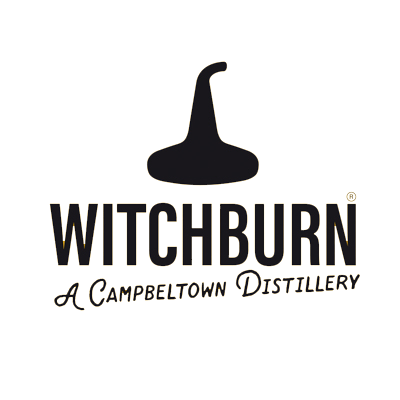17/05/2024
Chapter 24
My first peek at...Witchburn Distillery
We are extremely excited from what Campbelltown has to offer in the near future.
Once one of the most dense Whisky regions in Scotland, it has been for years host of “merely” three distilleries: Springbank, Glengyle and Glen Scotia.
Witchburn, Dal Riata and The Machrihanish are now gearing up to make the region great again.
Today we had the honour to speak with Andrew Nairn, Witchburn’s Master Distiller. Let’s see what he told us.

Hi Andrew, and thanks for spending some time with us to talk about Witchburn Distillery. Let's start from the name. What’s the meaning of the name ‘Witchburn’?
When it comes to distilling, location is key and has several implications: water source, ingredients' supply chain and the regional imprinting. Witchburn will be a Campbeltown distillery, how did you choose the site?
We looked at several sites in the Campbell area. The MACC site ticked at lot of very important boxes for us. It has its own water supply with an abstraction license already in place.
The water is naturally rich in minerals that are desirable for our fermentation profile. It also has its own treatment plant enabling us to deal with our co products on site and not having to transport them off for treatment.

Can you tell us anything about the distillery design? What are the choices in terms of washbanks, malting floors (if any), stills' shape and firing, cooling...What drove these decisions?
The distillery has been designed to have the maximum energy recovery possible, This has enabled us to have a electric boiler supplied by renewable power from the local wind farms.
We have decided to go with 16 stainless steel washbacks as we wish to produce no peated, peated and heavily peated new make spirit. Having stainless steel will simplify swapping between the spirt types. The still design and heating system enables the distillery to have two distillation temperatures, a lower temperature typical of most modern distilleries.
The second distillation temperature is much higher, replicating the direct fired profiles of spirit produced in the past. All this is designed to give highly sustainable, reproducible range of spirit profiles.

What will be the distillery orientation in terms of product offer? Will it be limited to a specific range of products (eg: single malt only, grain, peated/unpeated, ex-bourbon/sherry ageing etc)?
For the moment, the plan is for single malt, with three styles: Unpeated, lightly peated and heavily peated. Cask styles will be primaily high quality bourbon & sherry, with perhaps some special wine casks.
What’s the forecast of litres of alcohol annually produced? Are there any plans to expand this in future?

New distilleries usually start from producing and selling white spirits like gin and vodka. This usually helps with getting the cashflow moving quicker, since, opposed to whisky, the ageing in casks for years won’t be needed. Will this be the case at Witchburn, in addition to the great independent bottlings (under Brave New Spirits) being released so far. Can you please tell us more about this?
The distillery's grand opening and first release is imminent, is there a date already? Do you already have a scheduled pattern for the first releases?
